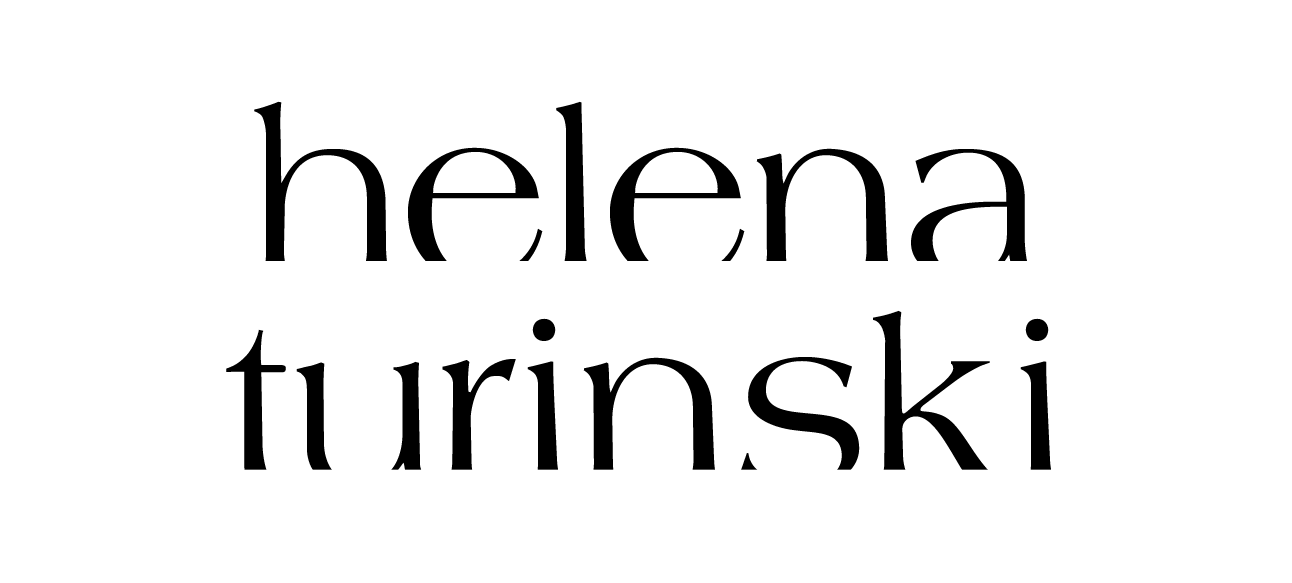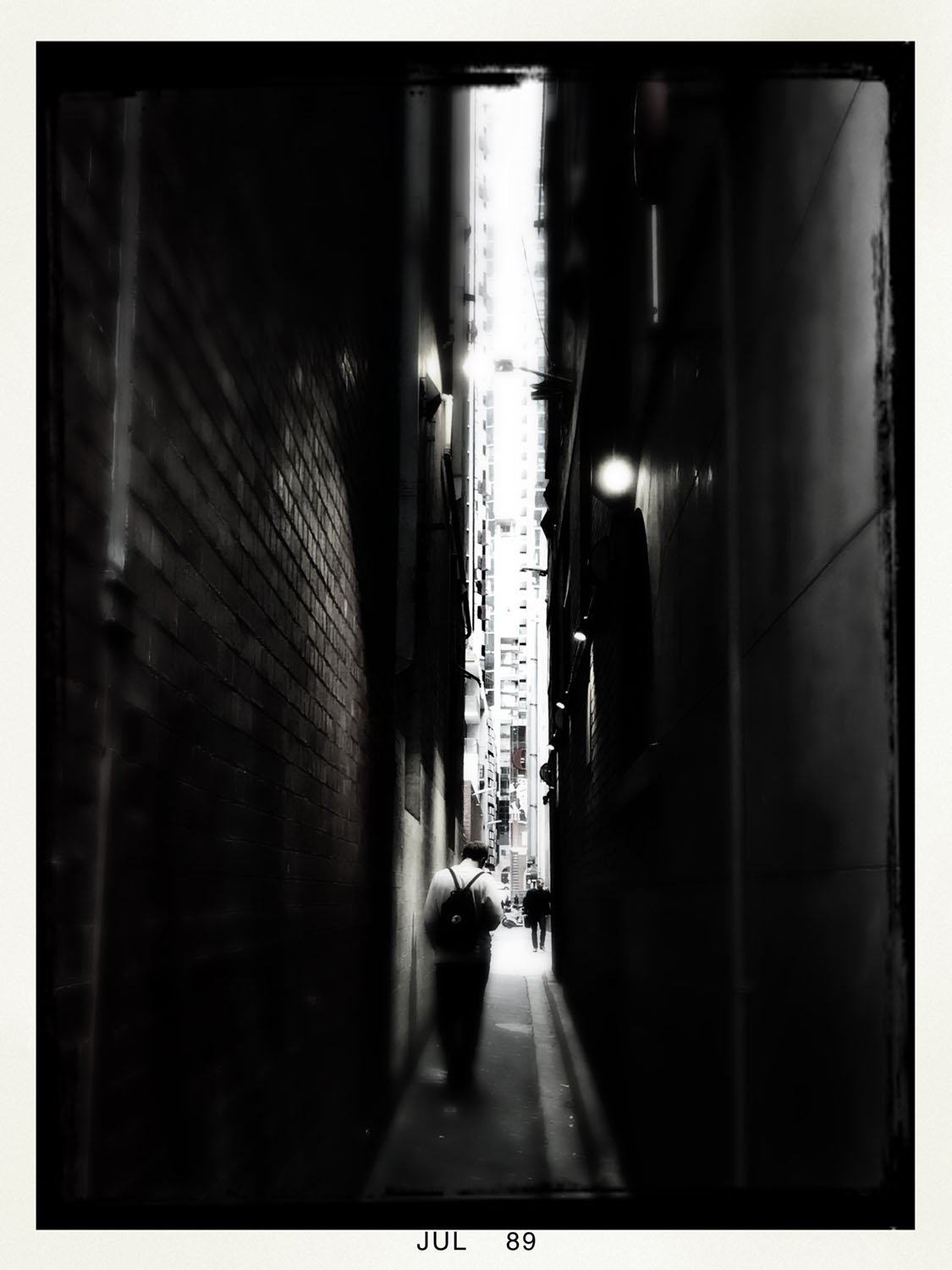Why Do We Make Art?
Why do we make art? What kind of a silly question is this? Why do we express ourselves? Because we are human. We can’t help ourselves, it’s what we do. Artists must make art: it’s as natural as breathing. It speaks to the human condition, and humanity, from the year dot to the year of the dot com. And humanity is listening, looking, reading, watching – searching down the ages in both directions …
Why do we make art? What kind of a silly question is this? Why do we express ourselves? Because we are human. We can’t help ourselves, it’s what we do. Artists must make art: it’s as natural as breathing. It speaks to the human condition, and humanity, from the year dot to the year of the dot com. And humanity is listening, looking, reading, watching – searching down the ages in both directions.
What would the history of the world be without art, without this record in a myriad cultures? There wouldn’t be much. It blows my mind when people – from the hoi polloi in the street to those in high places breathing the thin air – dismiss the Arts as a negligible frivolity, not important enough to invest in.
Don’t they know? THE EARTH WITHOUT ART IS JUST EH.
I’m not certain who first said that phrase. Some online sources cite American comedian Demetri Martin as the author, which is possibly true, but it seems more romantic to consign it to the Everyman Anonymous. Whoever it was, and wherever I first heard it, it is a pithy and pointed quote I have long cherished.
LONG LIVE ART.
Typographical illustration by me.
2019 Photography Challenge
I take a lot of photos every day, as do many of us. I’m always keeping an eye out for inspiring, interesting or amusing sights … towards the end of 2018, I started thinking about a more purposeful and short-term photographic project.
Urban Environment, July 2019
I take a lot of photos every day, as do many of us. I’m always keeping an eye out for inspiring, interesting or amusing sights. I already have an ongoing project, the Lost Collection which I first began 13.5 years ago: I looking for ‘lost things’ to photograph and add to my collection which! However, towards the end of 2018, I started thinking about a more purposeful and short-term photographic project.
I had been seeing a lot of monthly photo challenges floating around on social media, and I decided that could be a fun thing to do. However, none of the shared lists I had seen appealed to me wholly, so I wrote my own 30-day list that I intended to roll over each month. In addition, since I would be using my phone, I would use my favourite camera app, the Hipstamatic, and apply a different combination of lens, film and flash effects to each monthly set.
Some of the subjects I chose included obvious cues: self-portrait, nature, urban and domestic environments, clouds, sunsets/sunrises, animals etc, but I also included some prompts that would encourage lateral thinking, such as time, inspiration, nostalgia, literary. One of my prompts was the phrase, ‘Something old, something new, something borrowed, something blue’ – quite broad, but sadly I managed only one ‘borrowed’ item! In November I even added an extra degree of difficulty and used fashion as a general theme for the entire month, which was fun.
With 33,000 photos on my phone, I only recently managed the Herculean labour of downloading my camera roll in its entirety, and finally finished collating the last few months. You can read a bit more and view the entire portfolio here – each month is separated into its own gallery.
Upside-down, February 2019
The Mystery and Melancholy of de Chirico
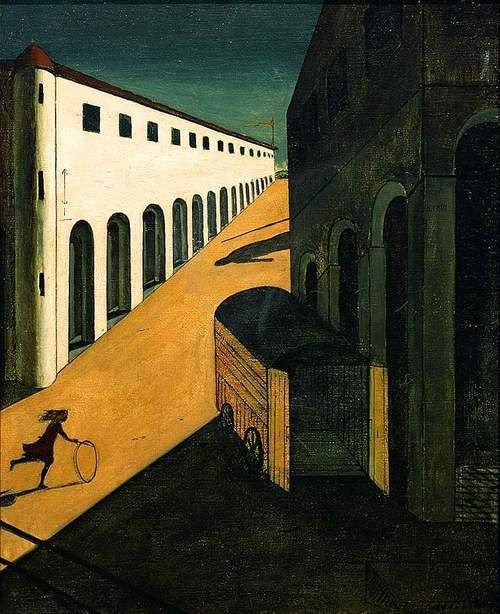 Mystery and Melancholy of a Street, 1913I am sorry to say that I never studied Metaphysical Art when I was at art school – I don’t even remember the term – but I must have been familiar with one of its founders even then, the artist Giorgio de Chirico (1888–1878), for his work has long been a favourite of mine.
Mystery and Melancholy of a Street, 1913I am sorry to say that I never studied Metaphysical Art when I was at art school – I don’t even remember the term – but I must have been familiar with one of its founders even then, the artist Giorgio de Chirico (1888–1878), for his work has long been a favourite of mine.
In Italian, Metaphysical Art translates as pittura metafisica, and de Chirico and fellow Italian painter Carlo Carrà (a leader of the Futurist movement as well) developed it in the second decade of the twentieth century. ‘Metaphysical art combined everyday reality with mythology, and evoked inexplicable moods of nostalgia, tense expectation, and estrangement.’ [Wikipedia]
 The Anguish of Departure, 1914
The Anguish of Departure, 1914
there is a disturbing and vaguely menacing mood in the dreamlike cityscapes.
When you look at de Chirico’s Metaphysical paintings (all produced over a decade, between 1909 and 1919), not only do they certainly evoke such moods, but you are not surprised to learn that they greatly influenced the Surrealists, for there is a disturbing and vaguely menacing mood in the dreamlike cityscapes. It is an effect achieved in part through the juxtaposition of tiny figures against monumental architecture.
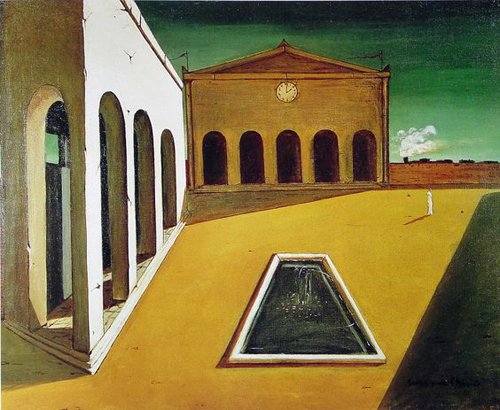 Delights of the Poet, 1913De Chirico was inspired by the writings of Nietzsche, ‘with its suggestions of unseen auguries beneath the appearance of things’, which translated into his own unexpected responses to quotidian surroundings and objects. He wrote in 1909 about the ‘host of strange, unknown and solitary things that can be translated into painting ... What is required above all is a pronounced sensitivity’— and both imagination and inclination I would think, to look beyond the surface of accustomed sights, such as the archways and piazzas of Turin where he spent a few days while on his way to Paris in 1911.
Delights of the Poet, 1913De Chirico was inspired by the writings of Nietzsche, ‘with its suggestions of unseen auguries beneath the appearance of things’, which translated into his own unexpected responses to quotidian surroundings and objects. He wrote in 1909 about the ‘host of strange, unknown and solitary things that can be translated into painting ... What is required above all is a pronounced sensitivity’— and both imagination and inclination I would think, to look beyond the surface of accustomed sights, such as the archways and piazzas of Turin where he spent a few days while on his way to Paris in 1911.
 The Agonizing Morning, 1912His deserted cityscapes of saturated colour – inspired by the ‘metaphysical aspect’ of Turin, especially its architecture – depict strange streets laid out with illogical perspectives, littered with strange objects, all in the high contrast lighting of the bright Mediterranean sun that produced such long shadows. While he focussed first on these, he gradually moved on to explore cluttered interiors that were sometimes occupied by surreal figures, faceless hybrids of statuary and wooden mannequins.
The Agonizing Morning, 1912His deserted cityscapes of saturated colour – inspired by the ‘metaphysical aspect’ of Turin, especially its architecture – depict strange streets laid out with illogical perspectives, littered with strange objects, all in the high contrast lighting of the bright Mediterranean sun that produced such long shadows. While he focussed first on these, he gradually moved on to explore cluttered interiors that were sometimes occupied by surreal figures, faceless hybrids of statuary and wooden mannequins.
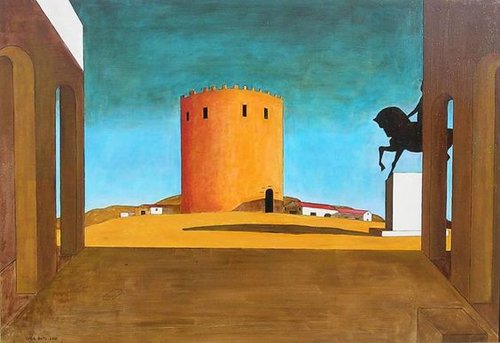 The Red Tower, 1913
The Red Tower, 1913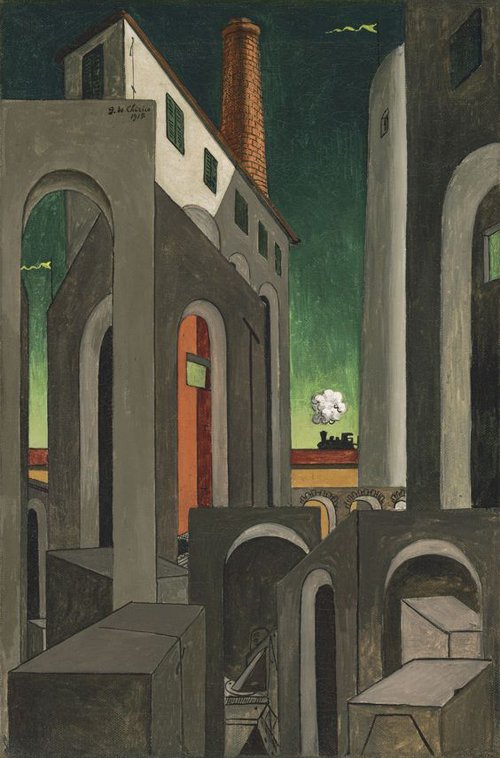 Fleeing Horse, 1917But it is the cityscapes that I love the most, for their disquieting sense of mystery and emptiness, a kind of visual poetry. I would like to run into those paintings, just like the girl with the hoop in Mystery and Melancholy of a Street, to explore those empty streets and discover what is hiding around the corner.
Fleeing Horse, 1917But it is the cityscapes that I love the most, for their disquieting sense of mystery and emptiness, a kind of visual poetry. I would like to run into those paintings, just like the girl with the hoop in Mystery and Melancholy of a Street, to explore those empty streets and discover what is hiding around the corner.
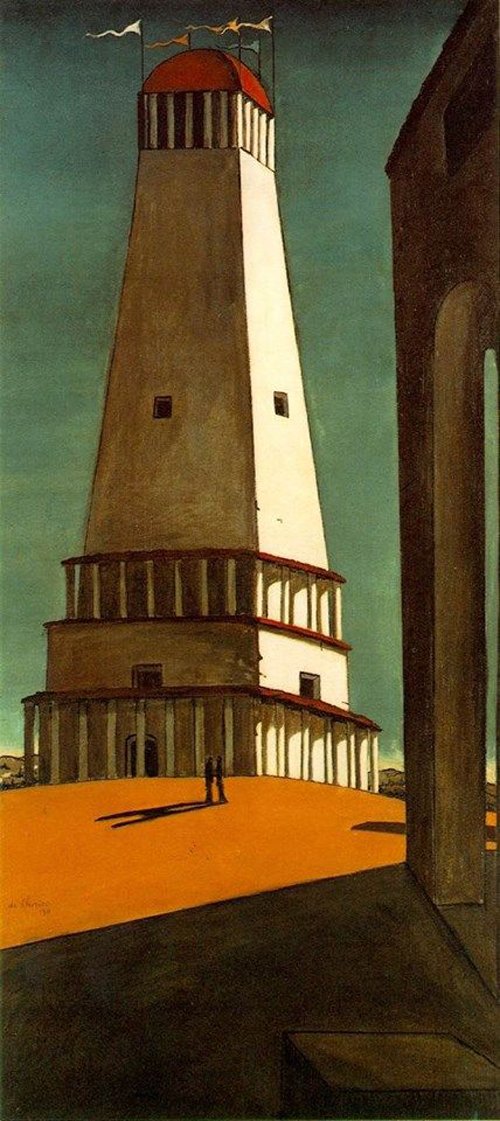 The Nostalgia of the Infinite, 1913
The Nostalgia of the Infinite, 1913
All images found on Pinterest
Reflecting the Female
 I only recently discovered the art of Tina Berning, thanks to that magical font of information: Pinterest. I love her technique – the use of mixed media, collage and ephemera as a base, the unfinished look of them – more than the subject, although ‘reflecting the female role in media is one of the core issues in her artistic work. Her early passion for editorial illustrataion led her to an intensive contemplation on the human figure.’ [Wikipedia]
I only recently discovered the art of Tina Berning, thanks to that magical font of information: Pinterest. I love her technique – the use of mixed media, collage and ephemera as a base, the unfinished look of them – more than the subject, although ‘reflecting the female role in media is one of the core issues in her artistic work. Her early passion for editorial illustrataion led her to an intensive contemplation on the human figure.’ [Wikipedia]
 Berning has been focused on drawing and illustration since 2000; she has been published widely, and has had numerous solo exhibitions. Her website doesn’t seem to hold much information on her, but there is plenty more gorgeous and inspiring work to browse through.
Berning has been focused on drawing and illustration since 2000; she has been published widely, and has had numerous solo exhibitions. Her website doesn’t seem to hold much information on her, but there is plenty more gorgeous and inspiring work to browse through.
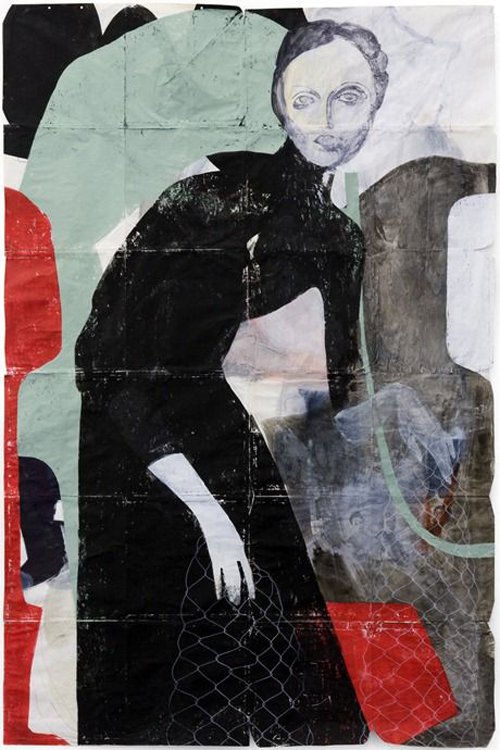
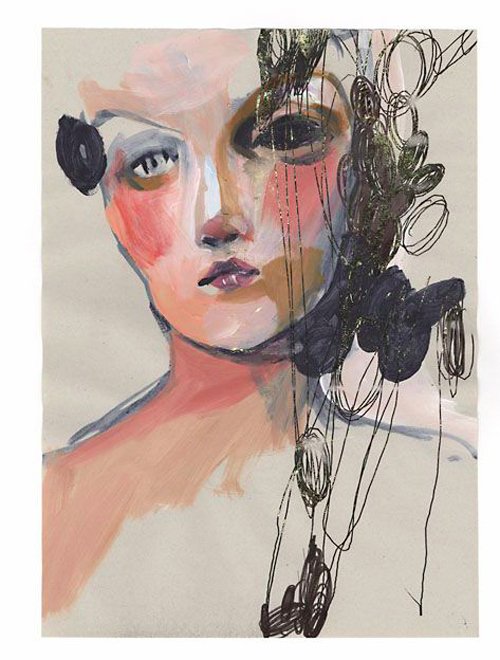
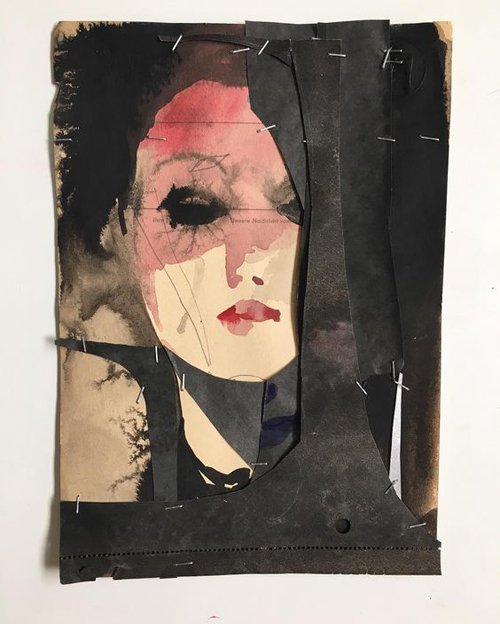

Drawn to Lines
 Femme se reposant, 1937
Femme se reposant, 1937
Henri Matisse (1869-1954) is one of my favourite artists. One of the Fauves, he was famous for his use of colour, and was known mainly for his paintings, but I in fact love his drawings, sketches and paper cutouts even more. The quote below from an article in The Boston Globe about an exhibition of Matisse’s drawings describes their elegant purity so perfectly:
The drawings of Henri Matisse must surely be among the most beautiful objects made by any human hand in the 20th century — or, come to think of it, ever. You look at them, you register their legendary ease and simplicity, and it’s very easy indeed to take them for granted — to assume that in some strange way they were born and not made.
Matisse’s characteristic line, at once classically concise and dreamily unmoored, has in that sense become a cliché, part of the visual air that we breathe. [Sebastian Smee, from The Boston Globe]
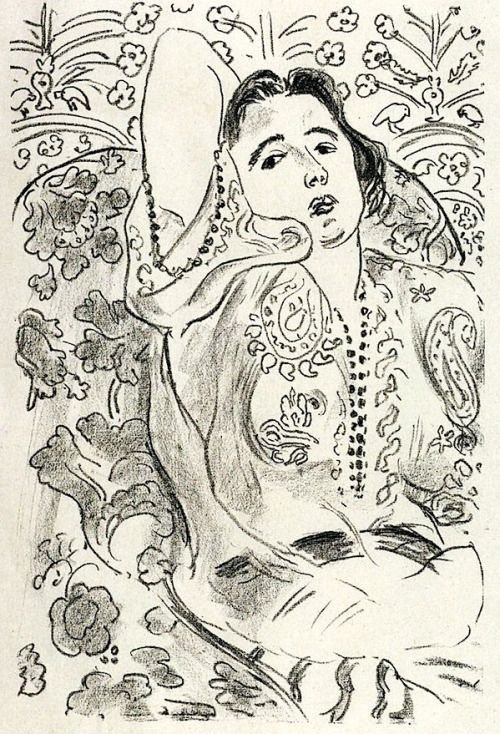 Arabesque, 1924
Arabesque, 1924
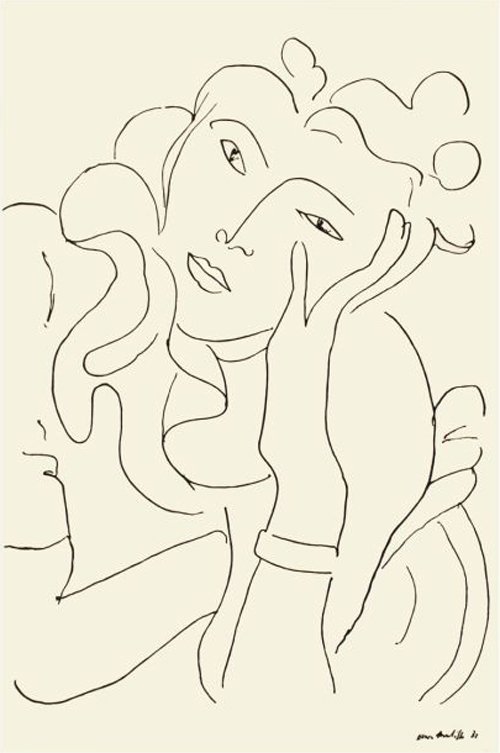 La Fleur, 1937
La Fleur, 1937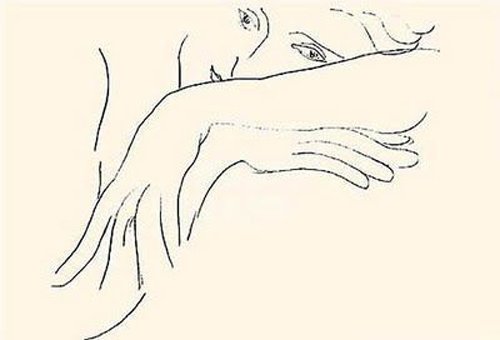 The Handkerchief, 1935
The Handkerchief, 1935 The Romanian Blouse, 1942I have been using Pinterest actively only for a year or two, and began mainly for the purposes of research. The more I used it of course, the more personalised my home page became: amongst a sea of vintage hats and fashion, out pop the works of Matisse, and in particular his line drawings, sketches and cutouts. With time, it’s been interesting to see the algorithms at work, refining my homepage according to my personal aesthetic. Obviously, the more Matisse drawings I saved – the ones I was naturally drawn to – the more I was shown. Then my love of Matisse drew in other artists who also employ linework in their art (more on them another time).
The Romanian Blouse, 1942I have been using Pinterest actively only for a year or two, and began mainly for the purposes of research. The more I used it of course, the more personalised my home page became: amongst a sea of vintage hats and fashion, out pop the works of Matisse, and in particular his line drawings, sketches and cutouts. With time, it’s been interesting to see the algorithms at work, refining my homepage according to my personal aesthetic. Obviously, the more Matisse drawings I saved – the ones I was naturally drawn to – the more I was shown. Then my love of Matisse drew in other artists who also employ linework in their art (more on them another time).
I don’t know how many artworks Matisse made – they seem innumerable, and he kept on working almost until his death at 84, but here are a few of his monochrome drawings that I like.
(All images found on Pinterest. I have tried to discover the correct titles and dates for each work, but searching in the Google is like looking for a needle in a haystack sometimes, and there are a few which don't include full information.)
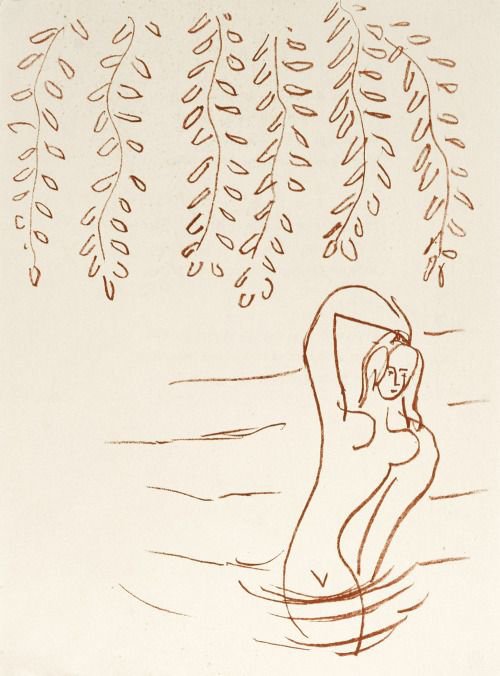 Hanging branches, 1948
Hanging branches, 1948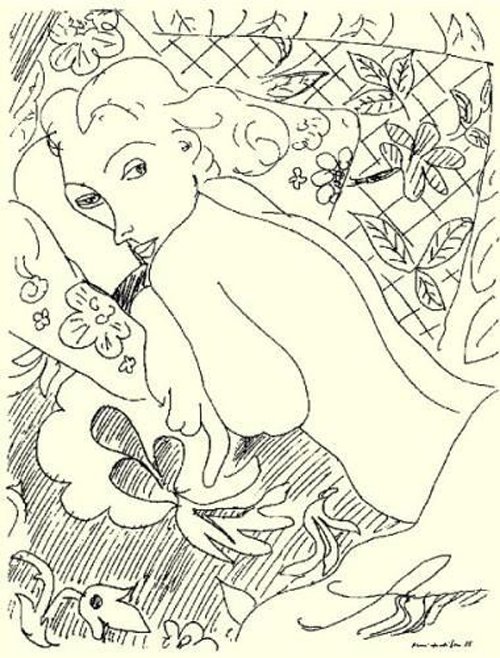
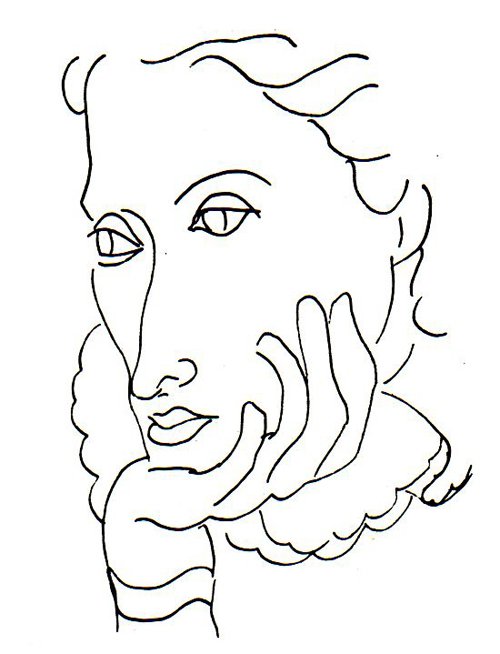
 1942
1942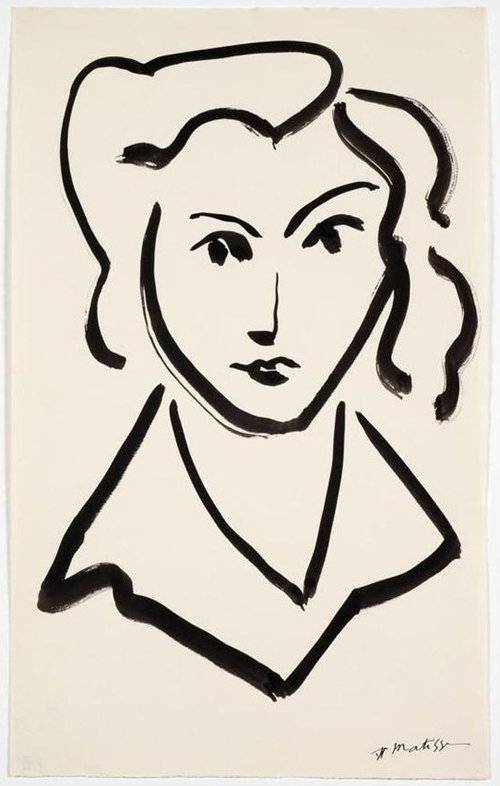 Tete de femme (Head of a Woman)
Tete de femme (Head of a Woman)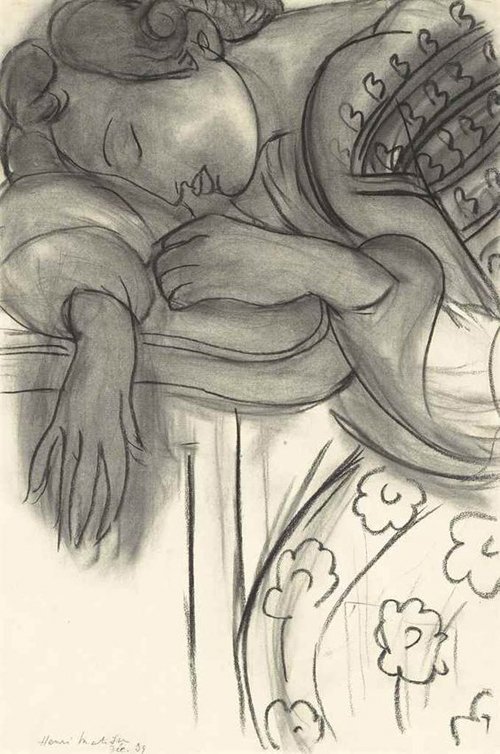 Étude pour La Dormeuse, 1939
Étude pour La Dormeuse, 1939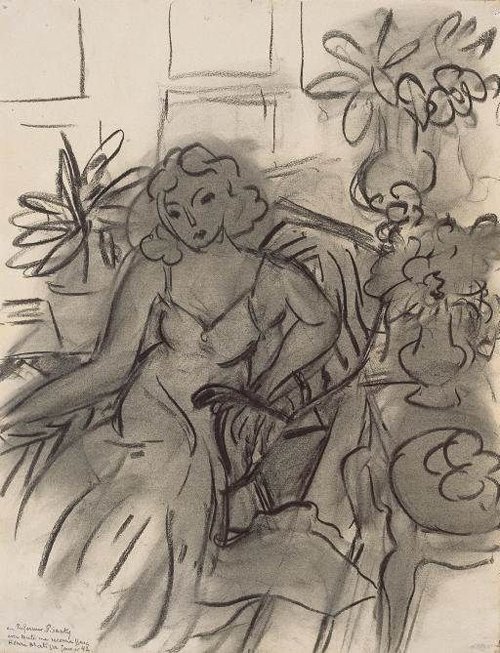 Femme au fauteuil, 1941
Femme au fauteuil, 1941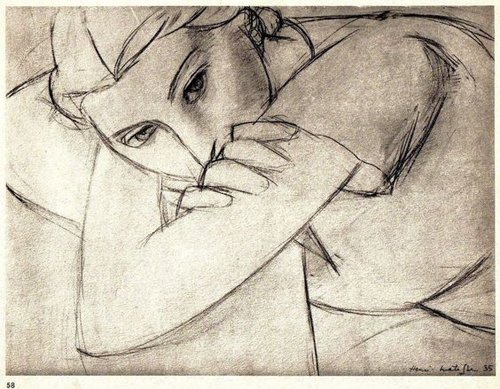 Lithograph, 1935
Lithograph, 1935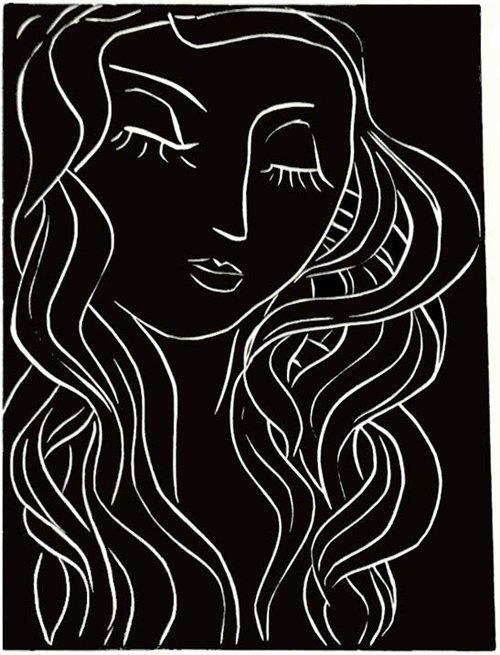 Linocut; Sleeper with the long eyelashes, 1944
Linocut; Sleeper with the long eyelashes, 1944

